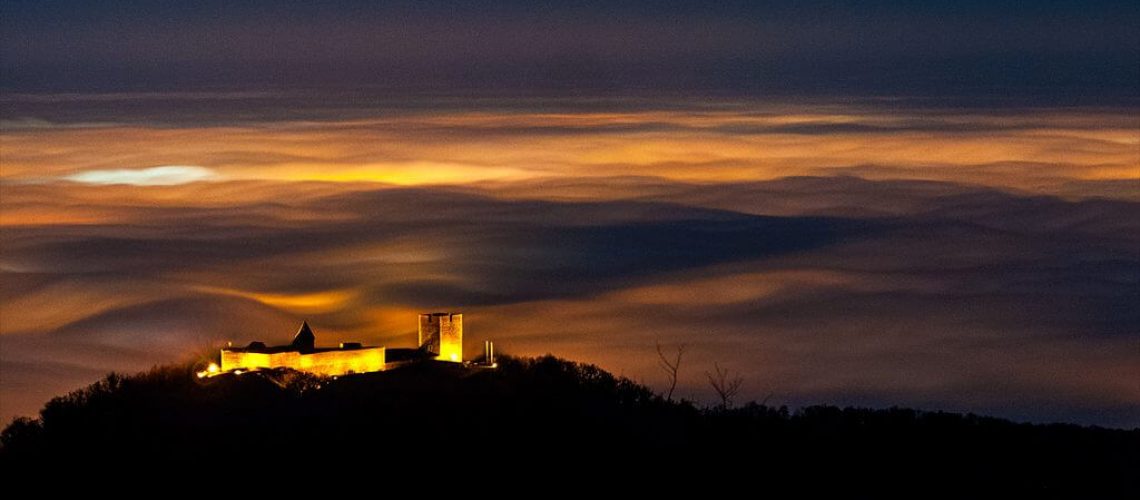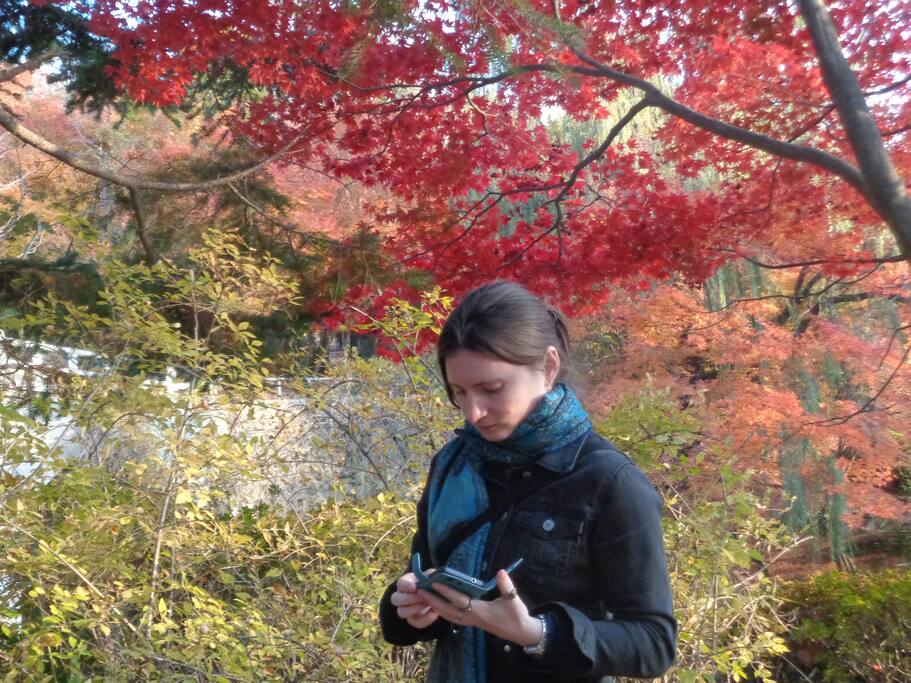Clean streets, a lot of green parks, festivals, great food and warm people make Zagreb a perfect place to visit, but what most people don’t know are the legends which are hidden behind the sculptures on the city buildings and around Zagreb. One of the darkest and most popular Croatian legends is the Legend of The Black Queen which has a connection with the medieval fort, built on the south hill of Medvednica that has been surrounding Zagreb for eight centuries. The Medvedgrad fort!

It was built in 1254 after catastrophic breakout of Tatars which conquered and burned whole territory of Zagreb. At these days Zagreb was split on two parts, civil Gradec and cleric Kaptol. Even if it was primarily built to protect citizens, clerics and church treasure, Medvedgrad was always in the middle of property-politics arguments, because of its perfect strategic position. This means that Medvedgrad had a various lords which were winning and losing property thorough the combinations of buying, selling, marriage and other intrigues. Medvedgrad fort was built strategically, to defend and was also prepared for the battle, but interesting fact is that it was never attacked. In fact, Medvedgrad lords would fill their treasury by stealing and attacking the surrounding villages, even Zagreb itself! The worse of all was the family Celjski which were the lords of Medvedgrad in the middle of 15th century. They were doing such a big terror that some of the citizens of Gradec had left their homes! Even today, we can hear horrifying stories from the old people which live beneath Sljeme talking about Barbara Celjska. The legends about the notorious Black Queen.
One of the darkest and most popular Croatian legends is definitely the legend about the Black Queen. According to the records of historians and clerics like Pope Pio the second, Barbara was a beautiful woman dressed in black, but her life was described as cruel and full of sin, and they considered her a witch, accusing her for alchemy. The Black Queen, nicknamed for her “black soul” and black clothes, possessed a raven pet, who listened faithfully to all of her orders. These orders were mostly directed at the attack of the king’s opponents, which the raven would then have killed with the claws. Sometimes when she was bored, she would send a raven to attack her soldiers who, at the end, learnt how to defend themselves. Many men fell on her beauty. She would then “use” these men and push them from the Medvedgrad tower, or close them to a cage with wild pigs and watch the lovers and animals fighting which also made the legend of the black queen kind of a dark love story.

At the time of the Ottoman Empire, the Turks came to Medvedgrad with the aim of conquering it. Because of the queen’s bad character, none of the citizens had any intention of helping her. Because of that, the Black Queen called the devil and swore by the words: “Shoot devil, I give you Medvedgrad and myself,” but that was not enough for the devil. Only when she offered her own soul as well, the Ottomans were scared away and Medvedgrad was saved, but Barbara had to pay the price of her soul and the curse. She even tried to fool the devil and offered to pay twelve golden coins to the men who carries her three times around the fort. But the devil had set the traps around the castle and therefore no one was able to do it. Her attempt of getting rid of the curse, made the devil angry so she became even more cursed. After her death, she became the Snake Queen.

Medvedgrad was abandoned in 1590, after a terrible earthquake destroyed the fort. Its last rulers, the Gregorians, moved to a much more modern and comfortable castle in Šestine. Since then, the fortified city begins to decay. For a long time only visitors of Medvedgrad will be adventurers and treasure hunters for the treasure which, how it was told, was hidden beneath the city acording to the Legend of the Black Queen. Systematic archaeological research, reconstruction of the walls and certain parts of the Croatian medieval fort, began in 1979. Because of the reconstruction, it was discovered that there was an octagonal chapel of St. Filip and Jakov, southern defense tower and palace.
What is also remarkable, is the year of 1994 when the “Altar of the Homeland” was built under the southern tower which was the work of the sculptor Kuzma Kovačić. It is a place where the eternal flame burns in honor of all Croatian heroes.
If you liked The Legend of the Black Queen and you want to hear more about the legends of Zagreb, share this article with your friends.





















